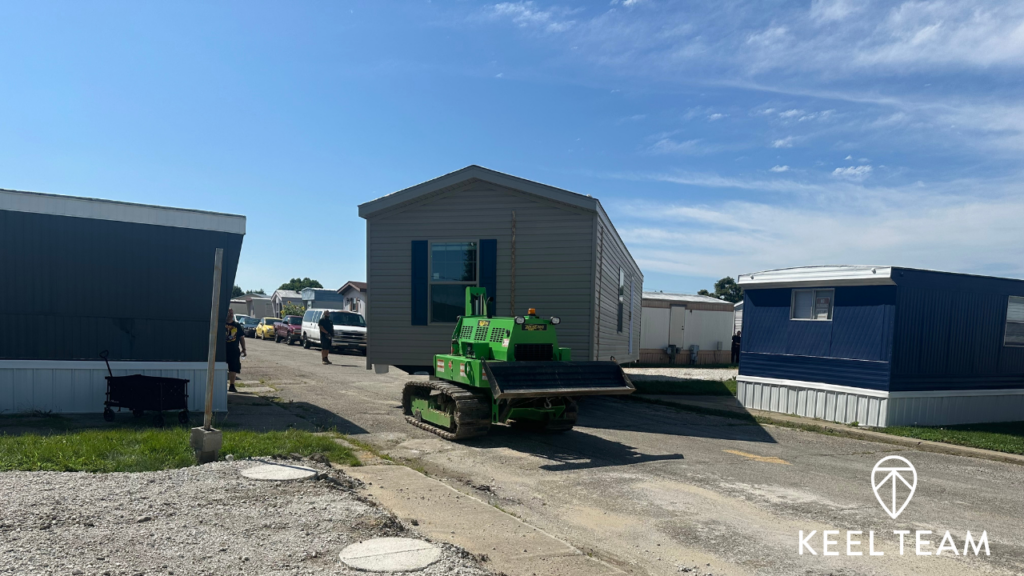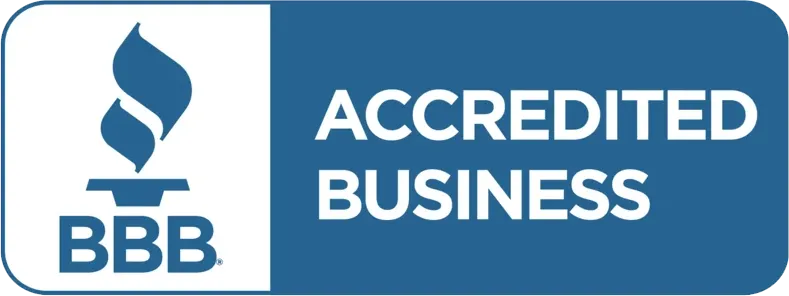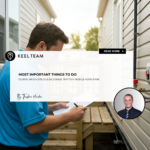What Does Value-Add Mobile Home Park Investing Look Like?
-
 Tristan Hunter - Investor Relations
Tristan Hunter - Investor Relations
Mobile home park investing is a potentially compelling strategy for those seeking stable cash flow and long-term appreciation. One of the most attractive approaches is value-add investing, where improvements are made to boost both performance and value. But what does that actually entail? This article explores the elements of value-add mobile home park investing, explaining how strategic upgrades and management can transform underperforming assets.
Here’s a quick video to sum it up:
Understanding Value-Add Mobile Home Park Investing
Value-add investing involves purchasing mobile home parks that need improvements. Investors then take action to enhance the property’s overall performance. This could mean rehabilitating homes, updating infrastructure, or improving operations. The goal is to increase net operating income (NOI), which directly impacts the property’s value. However, it’s important to note that success depends on many factors, including market conditions, tenant demand, and management efforts. No outcomes are guaranteed.
What Does a Value-Add Strategy Involve?
A real-life example of value-add investing can be seen in the Roseville, Michigan Mobile Home Community project, and the other 30+ deals the Keel Team has gone full-cycle on. These turnarounds have involved several key strategies that highlight what value-add mobile home park investing looks like.
1. Rehabilitating Vacant Homes
Many mobile home parks have vacant homes that are in poor condition due to lack of maintenance. Rehabilitating these homes is a central part of the value-add strategy. In Roseville, many homes were sitting vacant and required extensive renovations. Before any work was done, these homes were uninhabitable. After renovations, they became attractive living spaces.
The renovation process typically includes replacing flooring, fixing plumbing, repainting, and upgrading appliances. Once the homes are ready, they can either be rented out or sold. This potentially boosts occupancy rates and increases the mobile home park’s revenue.
2. Infilling Vacant Lots
Vacant lots are a missed opportunity for revenue. Infilling these lots is another crucial step in the value-add strategy. At Roseville, the team worked on preparing vacant lots to accept new homes. This included clearing the land, installing utilities, and laying proper foundations.
For example, the lots were crowned with gravel to keep moisture away and prevent damage to future homes. By preparing these lots for occupancy, investors can bring in new tenants and likely generate more income. Filling these lots contributes to improving NOI and making the mobile home park a more valuable asset.
3. Upgrading Infrastructure
Infrastructure improvements often play a big role in value-add strategies. In Roseville, foundational upgrades were essential to ensure the trailer park could attract new tenants. Infrastructure upgrades might include upgrading utilities, roads, or common areas.
Modern infrastructure can also include energy-efficient systems that lower operating costs. These improvements not only make the trailer park more attractive to potential tenants but also typically reduce long-term expenses. With fewer operational costs, the NOI generally increases, further boosting the property’s value.
4. Filling Vacancies
Filling vacancies is one of the most immediate ways to increase a mobile home park’s revenue. When vacant homes and lots are filled with new tenants, the trailer park generates more consistent cash flow. At Roseville, the strategy of rehabilitating homes and infilling vacant lots aimed to increase occupancy. Higher occupancy means more rent collected, directly improving the property’s NOI.
The goal is to stabilize occupancy rates, making the mobile home park a more attractive investment. Filling vacancies also ensures that the mobile home park is operating at full capacity, which in turn increases its overall value.
Are you looking for more information? Download our FREE eBook and learn expert insights from Andrew Keel, CEO of Keel Team

5. Optimizing Operations
Value-add mobile home park investing isn’t just about physical improvements. It also involves optimizing operations to reduce costs and increase efficiency. Poorly managed trailer parks tend to have high operating costs, reducing profitability. By streamlining management, investors can improve the mobile home park’s financial performance.
This might include automating rent collection, improving tenant communication, or billing back utilities to tenants. Shifting utility costs to tenants not only reduces expenses but also encourages tenants to conserve resources. Operational improvements like these can significantly increase NOI, making the property more valuable over time.
6. Raising Lot Rents
Once improvements have been made, investors might raise lot rents to reflect the mobile home park’s enhanced value. If the park becomes more desirable due to upgrades, a rent increase could be justified. However, it’s important to keep rent increases reasonable to remain competitive within the local market.
At Roseville, the team focused on making strategic improvements that would allow for potential rent increases without pricing out tenants. A well-executed rent increase can improve revenue while maintaining tenant satisfaction. This, in turn, raises the mobile home park’s NOI and boosts its value.
The Benefits and Risks of Value-Add Mobile Home Park Investing
The typical benefits of value-add mobile home park investing include increased cash flow, higher property value, and the potential for long-term appreciation. By improving both physical conditions and operational efficiency, investors can potentially realize significant returns.
However, value-add investing comes with risks. Unexpected repair costs, occupancy challenges, or unfavorable market conditions can all impact the success of a value-add strategy. Investors must carefully evaluate each opportunity to determine whether the potential rewards outweigh the risks. There are no guarantees with any investment, and thorough due diligence is essential.
Conclusion: What Value-Add Mobile Home Park Investing Looks Like
Value-add mobile home park investing involves transforming underperforming properties through strategic upgrades and operational improvements. The goal is to increase NOI and enhance property value. By rehabilitating vacant homes, infilling vacant lots, upgrading infrastructure, and optimizing management, investors can likely turn a distressed mobile home park into a thriving community.
The Roseville Mobile Home Community provides a clear example of what value-add mobile home park investing looks like in practice. Through careful planning and execution, this project aims to increase occupancy, reduce costs, and improve the mobile home park’s overall financial performance. However, as with any investment, there are no guarantees, and success will depend on a combination of factors, including market conditions and effective property management.
In the end, value-add mobile home park investing offers a compelling strategy for those willing to do the heavy lifting and take on the challenges of turning around underperforming properties. By focusing on improving both the physical and financial aspects of a mobile home park, investors have the potential to generate significant returns over time.
Book a 1-on-1 consultation with Andrew Keel to discuss:
- A mobile home park deal review
- Due Diligence questions
- How to raise capital from investors
- Mistakes to avoid, and more!
Disclaimer:
The information provided is for informational purposes only and is not investment advice or a guarantee of any kind. We do not guarantee profitability. Make investment decisions based on your own research and consult registered financial and legal professionals. We are not registered financial or legal professionals and do not provide personalized investment recommendations.

Tristan Hunter - Investor Relations
View The Previous or Next Post



